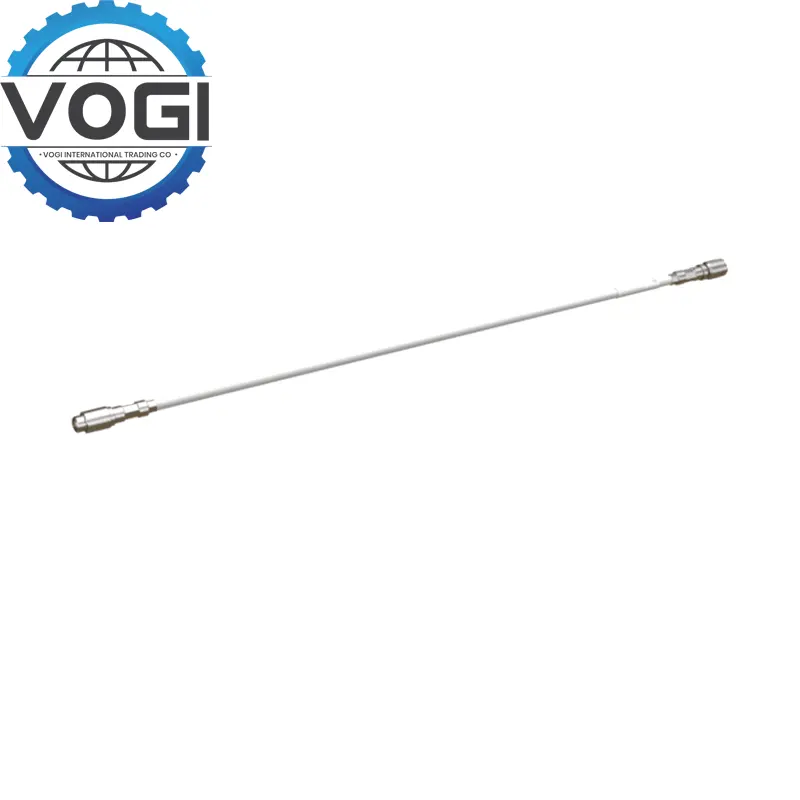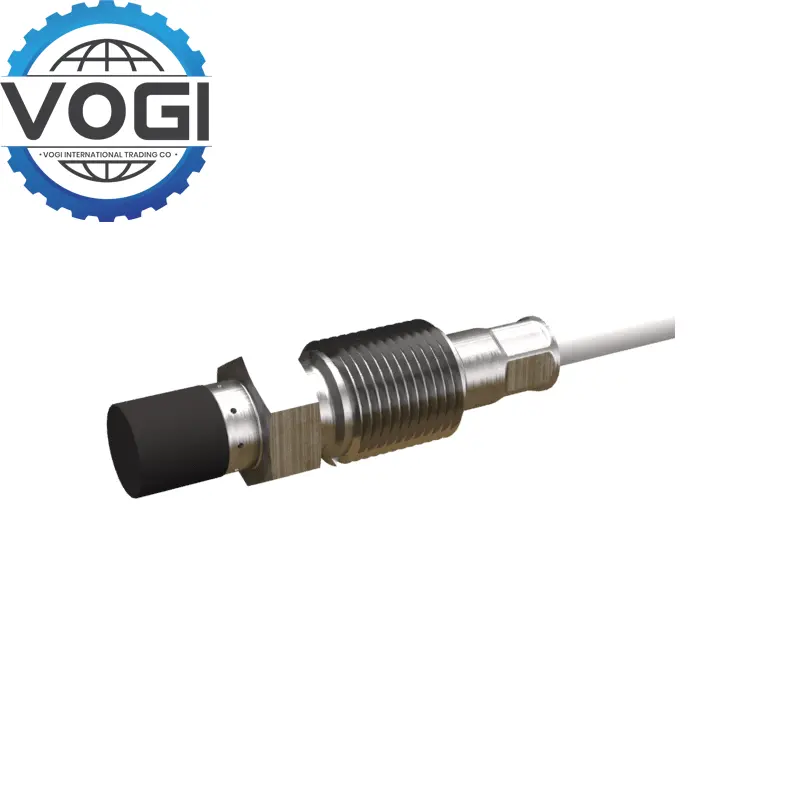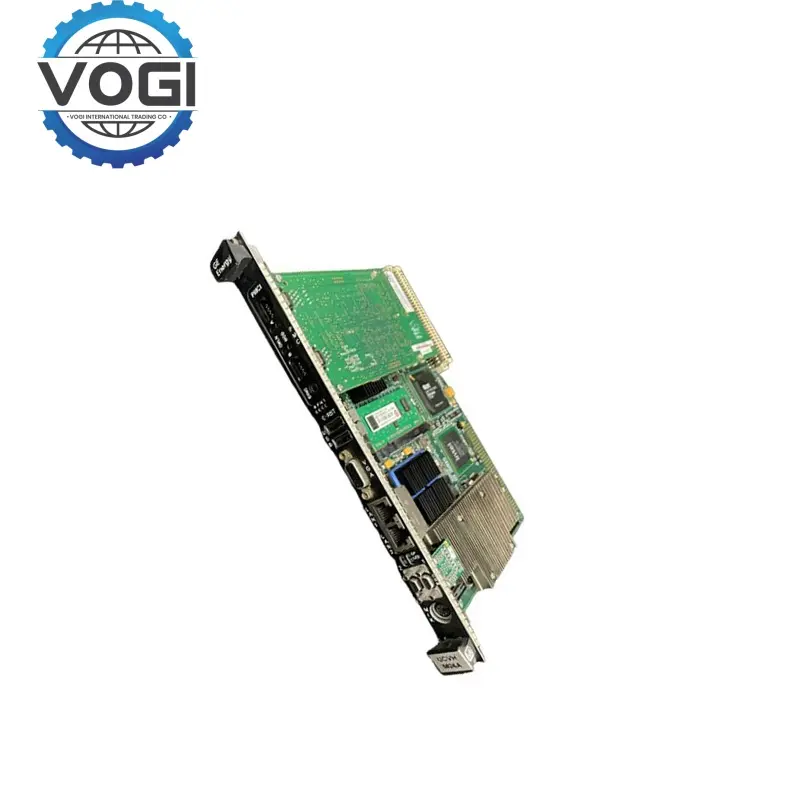GE IS215VPWRH2AC Emergency Turbine Protection Card
Key SpecificationsVOGI
Main power supply: 125V DC ±15%;
Auxiliary power supply: 5V DC and 28V DCRedundant configuration: supports simplex or triple redundant (TMR) mode to ensure system reliability.
Communication interface: IONet , supports high-speed communication with the main controller and host computer;
Input type: 3 analog current inputs; 9 thermocouple inputs
Output control: 12 relay outputs Signal processing: independent processor, supports 10/20/40ms high-speed scanning cycle; built-in overspeed protection algorithm and synchronization check function.
Operating temperature: -40°C to +85°C
Humidity range: ≤95% RH
Diagnosis and indication: Multiple groups of LED indicators; support online fault diagnosis and reset functions.
Key FeaturesVOGI
Independent emergency protection system: As the core component of the GE Mark VI turbine control system, it provides independent emergency overspeed protection and synchronization check functions to ensure the safety of key equipment.
High-precision signal monitoring: Integrated analog current and thermocouple input, supports real-time monitoring of multiple parameters such as speed and temperature, and is suitable for high-temperature and high-pressure scenarios such as gas turbines and steam turbines.
Redundant fault-tolerant design: Supports triple redundant configuration, improves system reliability through voting mechanism, and meets the high availability requirements of industrial control.
Wide temperature and anti-interference: Wide temperature working range and protective coating design, resistant to vibration, dust and electromagnetic interference, to ensure stable operation in harsh environments.
Freight Estimation(Part Of The Area)VOGI
|
Destination |
Freight |
|
Middle East |
$51 |
|
Southeast Asia |
$40 |
|
South Asia |
$67 |
|
South Africa |
$54 |
|
Europe and USA |
$30 |
|
Russia |
$61 |
APPLICATIONVOGI
Rail transit and ships: Overspeed protection and power system monitoring of locomotive engines and ship engines to ensure transportation safety.
Energy and power: Emergency overspeed protection and synchronization control of gas turbines and steam turbines to ensure safe start and stop of generator sets.
Petrochemicals: Temperature and speed monitoring of key equipment in refineries and chemical plants to support emergency shutdown systems.
Metallurgy and manufacturing: High temperature monitoring and protection of blast furnaces and furnaces, as well as thermal management of precision manufacturing equipment.
Industrial automation: Motion control and safety interlocking of production line equipment to improve system reliability.

















